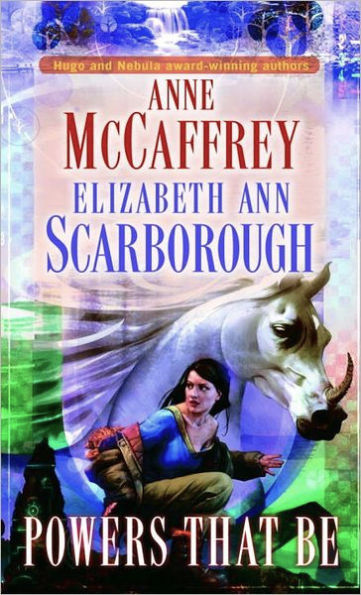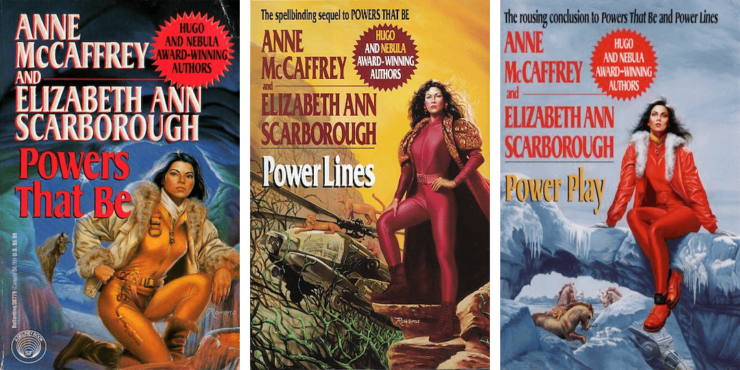These days, climate change is on all our minds and in our stories. Whether you call it climate fiction or ecological fiction, speculative fiction focused on humanity’s impact on the earth is on the rise—and the stories are good. Really good. Just look at N.K. Jemisin’s dystopian fantasy series, The Broken Earth, or Kim Stanley Robinson’s science fiction novel New York 2140. Climate fiction isn’t just trendy. It’s unputdownable.
But stories exploring humanity’s impact on nature have existed for as long as literature has been written—especially when our effect on the climate is in the political eye. Before the Green New Deal made waves in the United States in 2019, and before the Paris Agreement in 2015, there was the Climate Change Convention in Rio in 1992 to establish an agreement stabilizing the use of greenhouse gases while allowing ecosystems to adapt to climate change and ensuring sustainable economic development.
In 1993, one year after the Climate Change Convention was signed by 154 nations in Rio, the first of a trilogy of books released. The series focused on a sentient world suffering under corporate and military exploitation, and how one disabled woman began to fight back against those taking advantage of that world by listening and trusting the queer, indigenous voices that spoke up.
That book is Elizabeth Ann Scarborough and Anne McCaffrey’s Powers That Be.
If you’re a sci-fi fan, odds are those are two names you recognize. Elizabeth Ann Scarborough has been writing since the 1980s, publishing a book almost every single year, with the latest in her popular Argonia series published just last year. Anne McCaffrey is—well, possibly my favorite all-time writer. She’s known best for her Dragonriders of Pern books, the science fiction series that revolutionized the portrayal of dragons in fiction and nabbed her Hugo and Nebula awards; but she’s written over 100 books in over 10 different fictional universes.
Buy the Book


Powers That Be
Yet despite Anne and Elizabeth’s legacies in science fiction and fantasy, Powers That Be is somehow forgotten. It hasn’t necessarily gone out-of-print—it seems available through retailers and publisher Del Rey directly, who might have a handful of books remaining in the warehouse from a mid-2000s hideously-covered reprint—but given that it’s no longer listed in publisher catalogs, and most sci-fi fans don’t know it existed, I would consider it a project forgotten and on its way out the door.
But why?
Powers That Be is my favorite of all of McCaffrey and Scarborough’s books—and I’ve read a lot. I first read Powers That Be as a teenager, but rereading my well-worn copy last year made my heart explode. I kept texting my friends in excitement as I picked up on things I couldn’t earlier.
It takes place on the icy planet of Petaybee, where survey teams sent out by the military to find valuable resources are disappearing while strange new animal species keep disrupting the military’s plans. The military company’s best idea? Send disabled combat veteran Yanaba Maddock into the lone community to spy on them and find out what’s going on. When the lost team reappears, confused and muttering about strange tunnels, the military tries to pressure Yanaba to get the community to fall in line and reveal the planet’s secrets. But Yanaba likes the community—and believes in them—and when they say that they’re protecting her strange new home, she decides to help them… even if it means getting arrested and helping rebel against the military who sent her there in the first place.
Yes, there was the element of Yanaba Maddock’s chronic pain, weakened muscles and injured lungs slowly healed by a planet that understood the dangers of war. It wasn’t exactly like mine, but that she experienced it at all helped me feel seen. And yes, it was so much better written than I remembered, with gorgeous quotes cropping up at least once per chapter.
But what left me most in awe was Yanaba’s relationship with the community around her—and how far that community would go to connect their planet. The community at the heart of Powers That Be isn’t just indigenous to Petaybee—they’re Irish immigrants and Native peoples stolen from Earth, who now refuse to compromise on the new home they’ve found.
Leading that community are two queer woman well-respected by their community, descended from both peoples stolen from Earth, whose word is doubted by the military capitalists who want to move forward with terraforming the planet for their profit.
There’s Clodagh, who guides where the military fails: rationing supplies, communicating with every household to ensure necessities are shared, and checking in with Yanaba repeatedly as she settles into her new life on Petaybee. There’s her partner Aisling, filling in the necessary gaps with skills and a quiet determination, hunting for food to supplement their rationed meals as easily and patiently as she teaches younger members of the community to knit. Under their guidance, the community of Petaybee feels less like individual households trying to survive and more like one giant, communal family, surviving in an icy landscape by supporting each other.
It’s a family Yanaba falls in love with. It’s a family Clodagh and Aisling would never give up on.
Under their watchful eye, the people of Petaybee survive and find their own happiness—and under their encouragement and guidance, the people of Petaybee rebel when the military decides now is the time to remove the community and strip-mine the planet’s resources. After all, if they can’t terraform the planet to make it profitable, then why not remove its people and destroy it?
Sound familiar? You might first think of the Dakota Pipeline, petitioned by the Standing Rock tribe that lived on and protected the land cleaved through by the pipeline—but indigenous communities have so long fought for the land against capitalists that there’s an entire book devoted to the struggle. The historic bond between Native and Irish communities—which first began in 1847, where the Choctaw nation donated to help recovery efforts from the Irish Famine—is re-emerging right now, with Irish communities donating to Navajo and Hopi communities affected by the novel coronavirus. And the fight to protect the environment isn’t just in the Green New Deal or The Fifth Season—it’s on the forefront of the upcoming United States election cycle and advocated for by incredible (and disabled!) speakers like Greta Thunberg.
I love that Elizabeth Ann Scarborough is still writing. I love that so many of Anne McCaffrey’s books are still in print, from her beloved Pern series to the standalone sci-fi romance novel Restoree and the planetary exploration Freedom’s Landing series.
But oh—I’m itching to see Powers That Be back on bookstore shelves properly. Not forgotten. We have two classic novelists writing something that resonates with the current time period. Publish it again. Let us read it. Let us peek into the history of the genre, including this fabulous series focused on how disabled characters and Native characters and queer characters can and will save the planet—and then let us save the earth while reading new books by queer, disabled, indigenous writers.
Nicole Brinkley has short hair and loves dragons. The rest changes without notice. She is the self-proclaimed Keeper of Keys and Grounds at Oblong Books and the co-chair of the New England Children’s Bookselling Advisory Council. Follow her on Twitter or Instagram at @nebrinkley.










